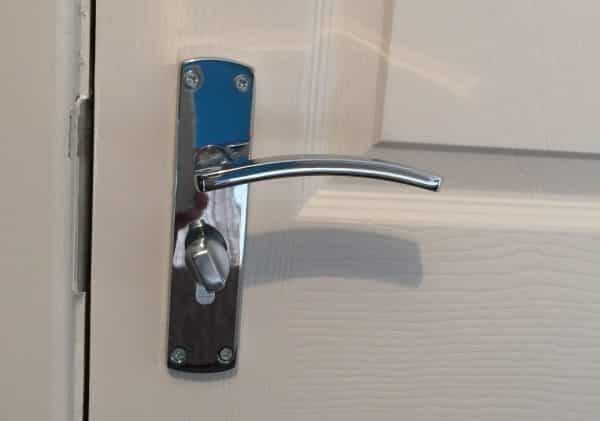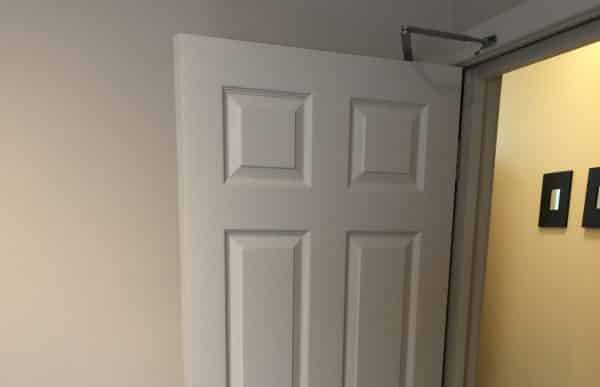HMO Fire Safety: Basics Explained for Landlords
As property investors increasingly turn to Houses in Multiple Occupation (HMOs) for higher yields, understanding hmo regs and fire safety requirements becomes paramount. While the regulations might seem daunting at first, they're fundamentally about ensuring tenant safety through practical measures and common-sense approaches.

An Introduction to Fire Safety in HMOs
HMOs present distinct fire safety challenges that set them apart from standard buy-to-let properties. Picture a typical shared house where five individual tenants occupy separate rooms, each with their own locked door. Unlike a family home where occupants know each other's routines and habits, HMO tenants often lead independent lives, sometimes barely interacting with their housemates. This social dynamic creates unique fire safety considerations that wouldn't exist in a traditional rental property.
Consider the morning routine in an HMO: one tenant might be cooking breakfast while another sleeps, and a third has left for work, leaving their bedroom door locked.
With everyone leading separate lives, you need to protect all occupants for all types of scenarios.
So do HMOs need fire doors?
Absolutely yes, you can see why this everyday scenario highlights why HMO fire safety requirements are more robust than standard rentals. Each locked door potentially becomes both a safety feature, providing security and safety for the occupier, and a hazard, protecting privacy but potentially hampering escape routes for other residents in the building.
This is why a comprehensive plan should be considered to help provide the necessary compliance to HMO fire regulations.
HMO Fire Regulations - Getting Started with a Fire Risk Assessment
The first step will likely be a combination of speaking with your local council HMO team to discuss their fire safety protocols and getting a fire risk assessment carried out for the property so you get guidance on your specific property, layout and tenant profile.
A fire risk assessment will look at a host of measures from reducing the initial risks of a fire, to escaping in the event of a fire.
Understanding the risks (and costs) will help you answer the question and a fire risk assessment is great way to outline the current situation with the property.
It covers a range of requirements from fire-protected escape routes, to alarms, fire doors and windows, for primary or secondary escape depending on the property layout.
Even if your property isn't in an article 4 area and doesn't currently require a licence due to its size and number of tenant occupiers, it's advised to get your property up to the same standards that licensing requires, this way you can provide not only the best property for your tenants but also future proof from any legislation changes.
Additional legislation to consider that will shape your fire risk assessment is:
- The regulatory reform (fire safety) order 2005
- The management of houses in multiple occupation (England) regulations 2006
- Housing health & safety rating system (HHSRS)
- LACORS
- Fire safety (England) regulations 2022

Getting Help with Fire Regulations
Once you have your fire risk assessment it will help identify any improvements and give you a list of items to implement in priority order, including relevant improvements to fire prevention, fire alarms and protecting fire escape routes.
As a next step, speaking with the local fire officer to get additional support and guidance can be really helpful.
There are many landlords that get concerned about this, unsure on what they might say, most often this is a misconception.
The fire officer and local council HMO officer are there to help and to make sure that the properties in their area are safe to use and fit for purpose.
If you speak to the Officer on the phone, very often they will offer to come and look at your property for free. When they visit the house they will offer tips and advice on how you can make sure that the property is sufficiently suitable for the tenant profile that you are looking to market to.
Essential Fire Safety Features for Modern HMOs
Getting the perfect HMO ready for your tenants requires a lot of planning. Ensuring you have enough bathrooms per tenant to making sure the property is safe (and a whole lot more in between), landlords have a lot of responsibilities.
For safety, a complete fire risk assessment will cover the main features and improvements you may need to implement, and here we cover some additional common features all landlords can look at to help upgrade their fire safety standards.
HMO Locks on Doors
In HMO properties, thumb-turn locks play a vital role in tenant safety (like these from screwfix) – far beyond their basic function as security devices. These specialised locks allow occupants to exit quickly without needing to search for keys, which can make a critical difference in an emergency situation. Imagine a tenant waking to the sound of a fire alarm at 3 AM; in their rush to evacuate, the last thing they need is to be fumbling for keys in the dark. Every second counts and it's important to remove this risk.

HMO Fire Door Regulations
HMO fire doors are an essential feature of HMO fire safety regulations to make sure all escape routes from the property are protected, as a safe exit route is achieved primarily using fire doors with 30 minute or 60 minute protection.
If you are carrying out a large refurbishment as part of a buy-refurbish-refinance model now is a great time to check your requirements and upgrade your HMO fire doors, frames, hinges, intumescent strips and door closers.
Depending on the size of your property and the building can determine the type of fire doors. Things to consider are

Fire Alarms
Fire safety in HMOs focuses a lot on prevention. Selecting the appropriate fire alarm system for your HMO might seem daunting, but understanding the options can help you make an informed decision that ensures both compliance and tenant safety.
HMO fire detection requirements will vary based on your property's size and layout, giving you several viable approaches to fire detection.
A general guidance on the types of installation required for different scenarios can be found here. This guide provides insight into the different fire alarms and categories needed based on different house layouts, number of floors and floor plans.
